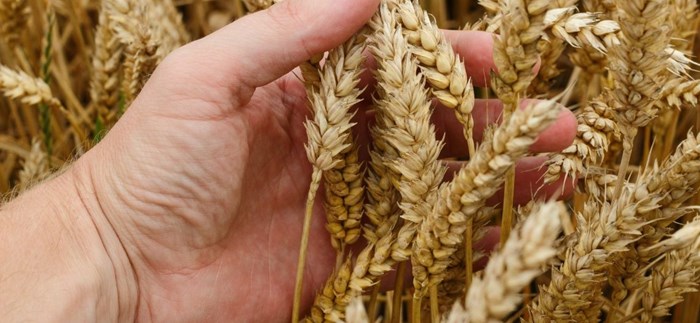- 20 November 2020

Unclear what challenges and opportunities lie ahead in grain trade
As we come to the close of 2020 and enter into what is hopefully a better year for all, it’s important to establish what lies ahead for the grain trade. With a few more uncertainties before the turn of the year, it is still unclear what challenges and opportunities lie ahead – but in this blog, Grain Trader Claire Strachan evaluates where things stand currently.
Last week, we saw the latest edition from the USDA. Although the support was more relative to corn and beans than wheat, all commodities finished the day very strongly. For corn and beans, the USDA made downward revisions to US production levels due to reduced yields alongside notable cuts to maize production in the EU and Ukraine.
For wheat, the USDA put US wheat at having stable supplies and higher domestic use to higher food use. The global outlook for wheat reported larger supplies, increased consumption, higher exports and reduced stocks. Global wheat production was marginally reduced by 700kt from 773.08Mt to 772.38 in this month’s report.

We move onto the EU, where the latest Strategie Grains report has made reductions to the 2020/21 crop size. The reduction of 300Kt down to 129.2Mt has been the first total reduction made to EU wheat production in a couple of months.
Estimates for the 2021 planted soft wheat area for EU-28 was increased 9%, with the UK planted area forecast to increase 42% on the previous year. This week, Reuters forecasted the UK & EU 2021/22 wheat production at 152.6Mt.
In the UK, we continue to see impressive prices on the back of strong external markets and currency fluctuations. Increased optimism that the UK and EU will strike a trade deal saw Sterling strengthen toward the end of last week – additionally news that the UK and Ukraine have signed off on a free trade agreement has been a positive development for our trading future.
In relation to local trade, the Scottish markets have remained quiet with reduced interest, which has seen a large amount of Borders wheat move south. Domestic supplies are insufficient to fully supply UK consumption for the year and, going into 2021, the UK will need to import to satisfy demand.

The outlook for the remainder of this crop year indicates global markets will remain well supported, with increased demand for exports keeping values at highs since harvest time. Wheat imports into China are expected to rise this year, as well as increased imports of corn into China and the EU.
Unfortunate weather has also been a driving factor, with new crop plantings in the US and Black Sea suffering, although larger planted areas coming from the EU, US and Russia currently indicate large global supplies for the next coming crop year.
News of several COVID-19 vaccines ready to become available worldwide have also provided support to markets on the idea of returning back to some level of normality. Of course, ex-farm prices are likely to be impacted into the new year if we strike a trade deal with the EU, as it is likely we could see Sterling strengthen and in turn adding pressure to UK values.
If you want to discuss wheat marketing options, please do not hesitate to get in touch with us via email by contacting msp@mspagriculture.co.uk.

